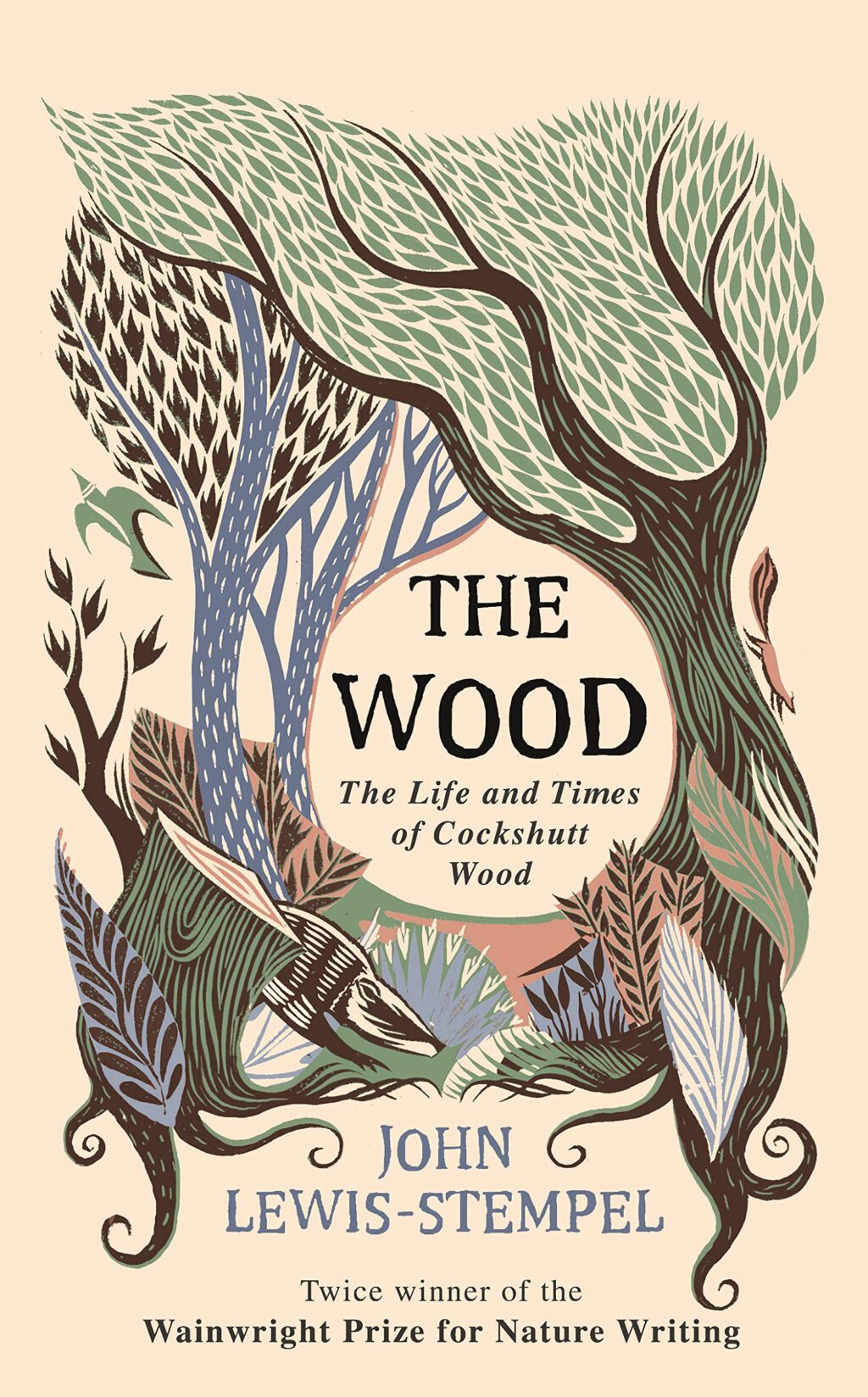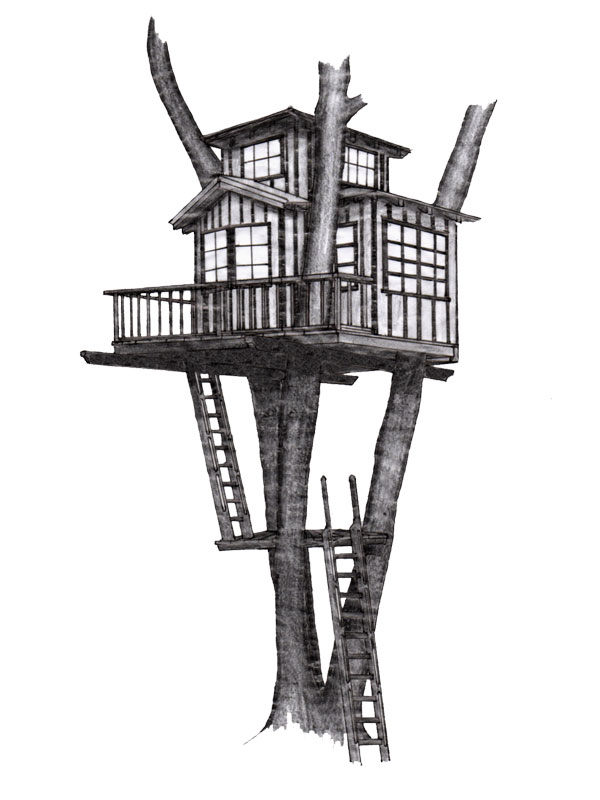
The forest breathes birds, in and out
Fall shakes off its colorful dress of leaves in the cold wind. Tender drizzle lands on our shoulders and ruffles our curls. With rain boots, our son jumps into every puddle that comes his way. While doing so he lilts the song “Autumn, autumn, autumn is here”. Back home he soon hums himself to sleep for his nap. So I use the short time to read a few pages on the most comfortable couch in the world. In my search for a solid treehouse read I recently came across author and farmer John Lewis-Stempel. His latest book „The Wood. The Life and Times of Cockshutt Wood”, was published by DuMont Publishing in 2020. The Times is celebrating him as England’s best nature writer, which sounds promising.
Armed with a thick, hot chocolate, a cuddly woollen sweater and a terribly fluffy blanket, I root myself on the sofa. Through the first pages I enter the forest of Cockshutt Wood. There, accompanied by the author, I meet pond hens, catch sight of a fox from the corner of my eye and walk through the fragrant spruce grove. The deeper I go into the woods, the more it is confirmed that The Times is not exaggerating its attribution. “The woodcocks are coming back. The forest breathes birds, in and out” is only one of many pictorial descriptions that immediately start a film in my head.
In the course of the year, a fine dose of humorous observations, informative and historical facts about Cockshutt Wood, exquisite poetry, original metaphors and precise descriptions of nature alternate. They do sound highly poetic, but never are kitschy or euphemistic. For example, he calls mushrooms shooting up out of the ground a “rotting science-fiction city”*. Next to him, “a lonely tree-runner combs through the bark of an alder tree like a cleaner looking for trash under the rows of benches after the concert”. A little later he compares “pigs eating in the cold with a steam engine team, regular as cylinder pistons”. And I feel as if I am standing right next to the author.
Lewis-Stempel leased and managed the forest using natural methods for four years. There he kept pigs, cows and sheep free in the woods (also called “Waldhutung”, once an important custom). During long walks, he studied flora and fauna, went hunting and took care of the managed forest using old and proven careful methods. John enjoys the forest as much as he drudges and toils in it. He knows a lot about his piece of land, knows its history, which goes back to William the Conqueror. John reveals how to estimate the age of trees without cutting them down and gives away recipes every now and then. He knows the healing powers of ivy, ilex and elderberry. He compares trees with musical instruments and describes how they sound different in the wind. This book, being incredibly versatile, so poetic and highly informative, makes good reading on many different levels and yet is so well-balanced in itself. As if the balancing effect of the forest had been transferred to the author.
After a few pages, I feel almost as relaxed as if I had been on a real forest walk. This diary is indeed a suitable reading for the treehouse and a good stimulus to immediately (!) go into the forest to make your own observations.
* The quotes have been translated from german into english, therefore they do not resemble the english version.

+ There are no comments
Add yours